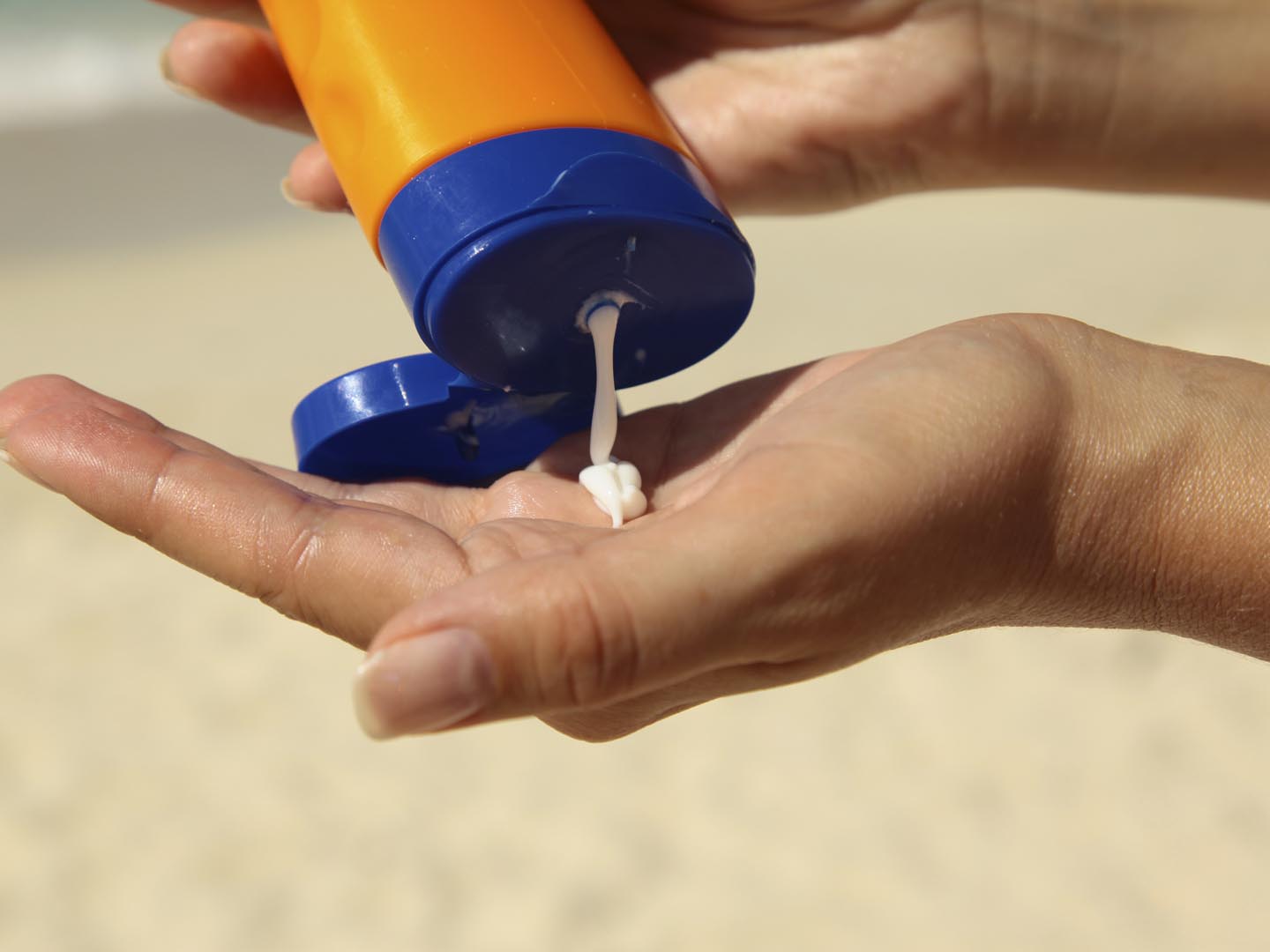Impetigo

What is impetigo?
Impetigo is a highly contagious bacterial infection of the skin caused by two bacteria: group A streptococcus (strep) and staphylococcus aureus (staph). Although it can affect adults, impetigo most commonly appears in children between the ages of 2 and 6 years old. The infection can spread quickly in crowded settings such as schools, daycare centers, and institutions such as nursing homes, prisons, or military installations. It occurs more often in the summer and early fall.
What are the symptoms of impetigo?
Impetigo usually starts with the appearance of red bumps on the face, particularly around the nose and mouth. Occasionally, it affects the legs, arms and trunk first. These bumps often fill with fluid and form tiny blisters which burst, ooze and coalesce into a thick honey- or brown-colored crust that firmly sticks to skin. Sores can be as small as a pimple or as large as a small coin. As blisters break and cluster together, this large crusty rash can expand, and can itch greatly.
People with impetigo usually do not have pain, fever or appear ill, although they can have swollen, tender lymph nodes near the site of the rash.
The biggest problem with impetigo is that scratching or touching infected skin can spread it to any area a person comes in contact with, including other individuals. Hands and fingernails are the most common source of spread.
In rare cases, the types of bacteria that cause impetigo can invade beyond the skin and cause more serious illness. This usually occurs in those whose immune systems are compromised. Streptococcal bacteria can cause “strep throat” and other serious complications such as heart valve and kidney disease or scarlet fever, characterized by high fever, chills, sore throat, headache, vomiting, and a fine “sandpaper” rash on the face, trunk and extremities. Staphylococcus aureus usually comes from the skin and noses of healthy people, and if confined to the skin is easily treated . Some strains of S. aureus, however, are highly resistant to antibiotic therapy. If not addressed properly, it can become more invasive and potentially cause life-threatening diseases such as pneumonia and meningitis.
What are the causes of impetigo?
The two types of bacteria that cause impetigo are typically already on the skin surface and enter the body when skin is broken by injury or irritation. Impetigo can originate from other skin conditions, including acne or eczema, as well as poison ivy, insect bites, chickenpox and other viral rashes, or burns, cuts and scrapes. It can also come from direct physical contact with infected individuals. Children may get impetigo after having a cold or allergies that make the skin raw; however, it can also develop when skin is perfectly healthy. Staph infections are more commonly seen around the nose and on the trunk or arms, whereas strep is more frequently seen on the legs, pelvic area (especially when diapers are worn) and other skin areas that are warm and moist.
What is the conventional treatment of impetigo?
Antibiotics are the mainstay of conventional therapy. Topical anti-microbial ointments are often effective for staph impetigo, and treatments such as Bactroban (Mupirocin) ointment are commonly used. These can also work for strep impetigo, but failures and relapses seem to be more common. Bacteria can often hide under scabs and resist treatment until removed. Soaking in warm water with a liquid antibacterial soap usually works, but gentle rubbing is sometimes necessary. Oral antibiotics such as Keflex (Cephalexin) – or Bactrim (Septra) are used if there are concerns about methicillin-resistant-staph (MRSA). They can used be used in combination with topicals as a faster and more reliable therapy for stubborn cases, and are frequently recommended if the infection appears widespread or deep, or if topical ointments may be removed prematurely by infants who are prone to wipe or lick them off.
In April 2007, the FDA approved a new topical treatment for impetigo, called Altabax (retapamulin ointment) recommended for resistant cases in adults and children older than 9 months old.
What therapies does Dr. Weil recommend for impetigo?
1. Dietary changes:
- A diet rich in organic fruits, vegetables, and whole grains and low in animal-based proteins can fortify your body’s natural defenses and healing system.
- Eliminate polyunsaturated vegetable oils, margarine, vegetable shortening, all partially hydrogenated oils, and all foods (such as deep-fried foods) that might contain trans-fatty acids. Use extra-virgin olive oil as your principal fat.
- Increase intake of omega-3 fatty acids.
- Eat ginger and turmeric regularly for their anti-inflammatory effects.
2. Mind/Body:
Meditation, yoga or breath work can help counteract stress, and cognitive-behavioral therapy can help you to learn how to cope better with symptoms and stress.
3. Traditional Chinese Medicine:
Although not well studied with impetigo, TCM can be very effective at modulating the immune system, and may help keep recurrent infections in check.
4. Supplements:
- Take astragalus (Astragalus membranaceus), the root of a plant native to northern China and Inner Mongolia known for its immune-boosting effects. You can buy astragalus preparations in most health food stores. The dose is two capsules or tablets twice a day unless the product directs otherwise. Liquid extracts and tinctures are available for those who cannot take pills. Follow directions on labels.
- You can also try adding raw garlic to the diet (one to two cloves a day, minced and mixed with food). Garlic is a powerful infection-fighter with natural antibiotic properties, although this might be tricky to administer to small infants and children.
- Remember to take a good probiotic supplement during and after any course of oral antibiotic therapy.
5. Additionally:
One of the main challenges with impetigo is preventing it from spreading. Children with runny noses need to have the area between the upper lip and nose kept clean as it is often colonized with staph and strep. When cuts and scrapes or other skin irritation occurs, wash the area with soapy water and consider applying antibacterial ointment. You can use Bacitracin or Neosporin. You might also try natural topicals such as tea tree or tamanu oil – available at most health food stores. They are easily absorbed, hard to remove and have excellent antibacterial properties. It is important to keep children’s fingernails clipped and clean, as well as working with them to not scratch. Avoid contact with other people or objects that might be infected. Typically, people on treatment are not contagious after 24-48 hours of therapy.
For stubborn infections that seem resistant to antibacterial therapy (particularly persistent ones can take as long as a year to clear up), you might try using medicinal honey instead. Researchers at the University of Waikato in New Zealand have found that honey’s antibacterial activity can even stop the growth of MRSA bacteria. They’ve also shown that honey has no adverse effects on healthy tissue and can be safely inserted into cavities and sinuses to clear infection. Don’t try this with ordinary supermarket honey, though, which might contain undesirable compounds. Two medicinal honeys available commercially include manuka honey from New Zealand and Medihoney from Australia.









